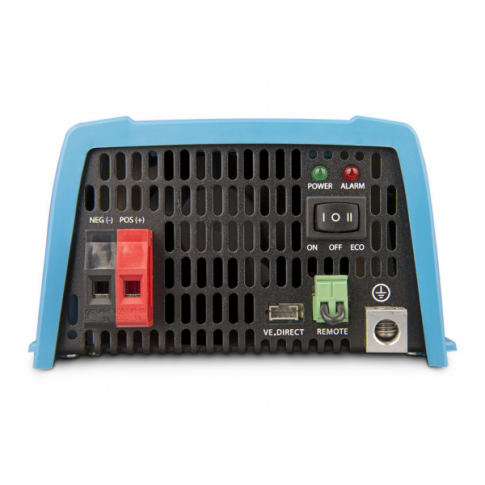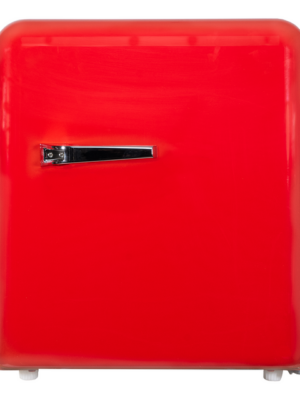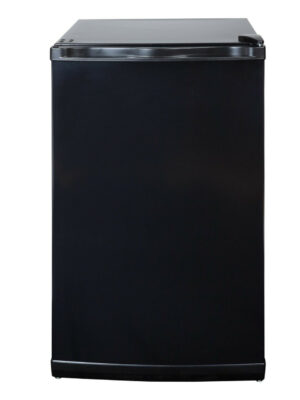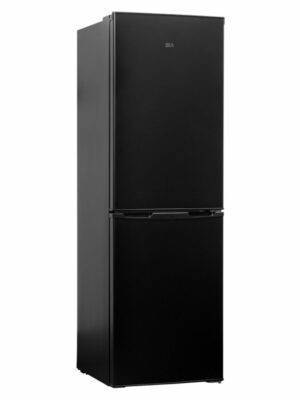When it comes to off-grid living, camping, or even dealing with unexpected power outages at home, having the ability to power essential appliances like a fridge freezer can be a game-changer. One common solution is to use a 12V inverter to convert your vehicle or battery’s power into usable AC power for your fridge freezer. But can it really work effectively, and what do you need to know before attempting it? In this comprehensive guide, we will explore the possibilities, challenges, and best practices when it comes to powering a fridge freezer from a 12V inverter.
Understanding the Basics
Before delving into the specifics, let’s first understand the basics of how a 12V inverter works and why it’s commonly used for powering appliances off-grid.
What is a 12V Inverter?
A 12V inverter is an electrical device that converts DC (direct current) power, typically from a 12-volt battery or vehicle electrical system, into AC (alternating current) power, which is what most household appliances, including fridge freezers, use. It allows you to use your battery power for devices that require standard wall outlet power, making it incredibly versatile for various applications.
Powering an inverter, is it possible?
Yes, it is possible to power a fridge freezer with a 12V inverter, but it comes with several considerations and challenges.
Inverter Capacity
The first and most critical factor to consider is the capacity of your 12V inverter. Fridge freezers vary in power consumption, so it’s essential to choose an inverter with the appropriate wattage rating to handle the starting and running power requirements of your specific appliance. Look at the fridge’s manual or label for its power specifications, which are typically measured in watts.
Battery Capacity
Your 12V battery’s capacity plays a crucial role in determining how long you can power your fridge freezer. The larger the battery capacity, the longer it can sustain the load. Deep-cycle batteries are often preferred for this purpose, as they are designed to handle regular discharging and recharging cycles.
Inverter Type
There are two primary types of inverters: modified sine wave and pure sine wave. While modified sine wave inverters are more affordable, pure sine wave inverters produce a cleaner and more stable AC power output. Some sensitive appliances, including certain fridge freezers, may perform better and have a longer lifespan when powered by a pure sine wave inverter.
Monitoring Power Consumption
To ensure that you don’t drain your battery excessively, it’s essential to monitor your fridge freezer’s power consumption and set limits on how long it runs. Many 12V inverters come with built-in features like low-voltage alarms or automatic shut-off to protect your battery from over-discharge.
Steps to Powering a Fridge Freezer with a 12V Inverter
Now that we’ve discussed the key considerations, let’s go through the steps to successfully power a fridge freezer using a 12V inverter:
Calculate Power Requirements
Begin by calculating the power requirements of your fridge freezer. This includes both the starting (surge) power and the running (continuous) power. Make sure your inverter can handle these power requirements.
Choose the Right Inverter
Select an inverter with sufficient capacity to power your fridge freezer. Pay attention to the inverter’s continuous and surge power ratings, ensuring they match or exceed your appliance’s needs.
Connect the Inverter
Connect the 12V inverter to your battery following the manufacturer’s instructions. Ensure proper polarity and secure connections to prevent accidents and damage to your equipment.
Plug In Your Fridge Freezer
Plug your fridge freezer into the inverter’s AC outlet. Make sure it’s securely connected and turned off before plugging it in.
Monitor Power Consumption
Use a battery monitor or the inverter’s built-in monitoring features to keep an eye on your battery’s voltage and power consumption. Set alarms or timers to prevent over-discharging the battery.
Limit Fridge Freezer Use
Be mindful of how long your fridge freezer runs. If you’re using a 12V battery in a vehicle, consider running the engine periodically to recharge the battery.
Challenges and considerations
While powering a fridge freezer from a 12V inverter is possible, it’s essential to be aware of the potential challenges and considerations:
Using an inverter to power a fridge freezer can drain your battery relatively quickly, especially if you have a smaller battery or a high-power consumption appliance. It’s crucial to have a plan for recharging your battery or having a backup power source available.
Inverters are not 100% efficient, meaning some power is lost in the conversion process. Higher-quality inverters tend to be more efficient, but it’s something to keep in mind when calculating your power needs.
The size and capacity of your battery are critical. If your battery is too small, it may not provide enough power to run your fridge freezer for an extended period. Consider investing in a larger, deep-cycle battery if needed.
Fridge freezers are designed to maintain a specific temperature range. Running them off-grid with a 12V inverter may affect their ability to maintain these temperatures, especially in extreme weather conditions. Monitoring your appliance’s temperature and adjusting settings as needed is crucial.
Conclusion
In conclusion, it is possible to power a fridge freezer from a 12V inverter, but it comes with several considerations and challenges. Proper planning, the right equipment, and careful monitoring of power consumption are essential to ensure your fridge freezer runs efficiently without draining your battery excessively. While it’s a viable option for off-grid or emergency situations, it’s crucial to understand the limitations and plan accordingly to maintain the safety and integrity of your power system. Always refer to your appliance and inverter manufacturer’s guidelines for specific recommendations and precautions.




